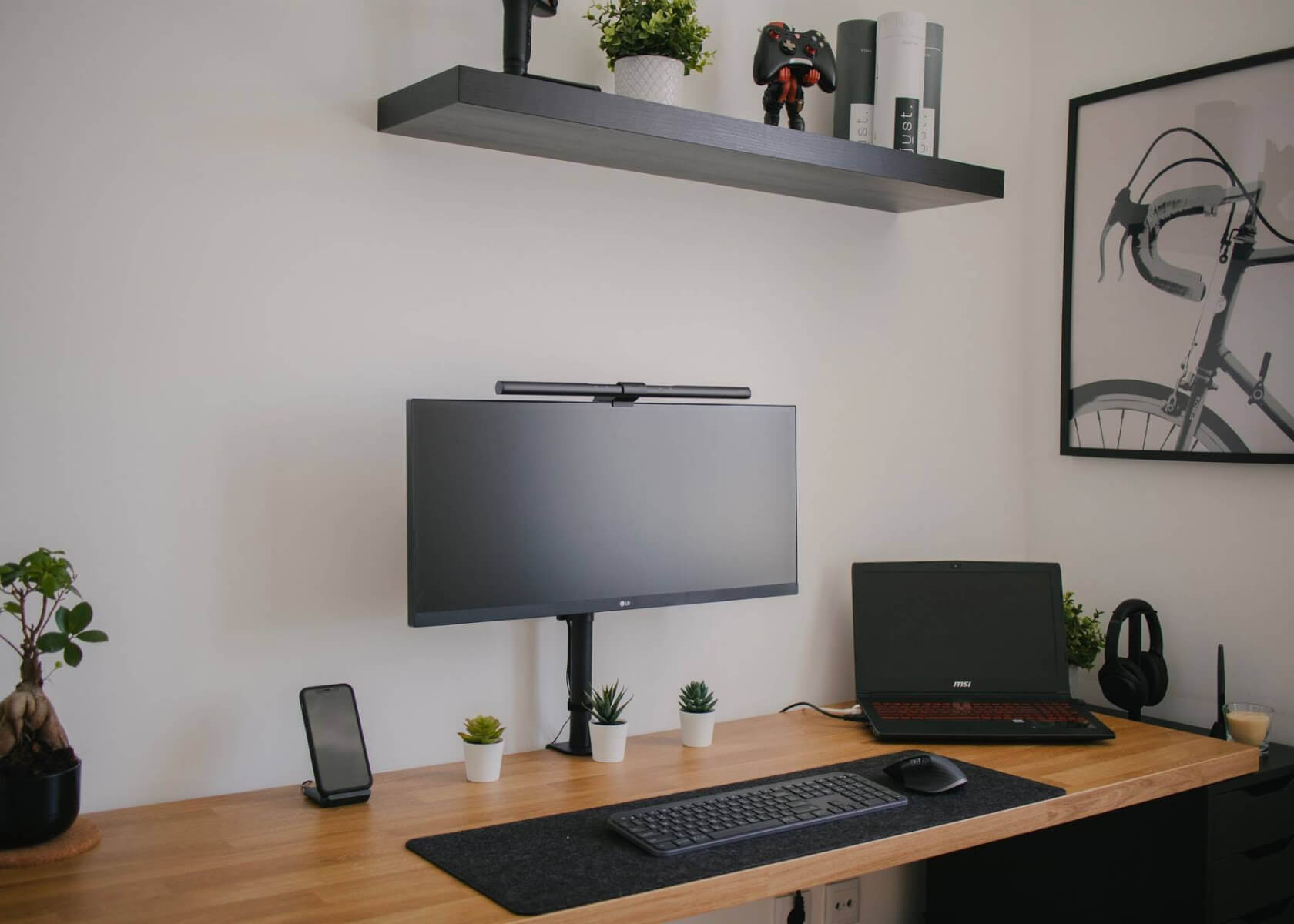Notion for Project Management & Collaboration in Architecture & Design Firms: A Comprehensive Guide

New to Notion?
How to Use Notion for Project Management and Collaboration in Architecture and Design Firms
Notion is an incredibly versatile tool that can revolutionize project management and collaboration in architecture and design firms. With its powerful features, it provides a unified platform for organizing, planning, and executing projects, allowing teams to work efficiently and effortlessly. In this article, we will explore how you can leverage the full potential of Notion to enhance your project management and collaboration processes.
1. Centralize Your Project Information
Notion provides a comprehensive Workspace where you can centralize all project-related information, ensuring that your team is always on the same page. Create a dedicated workspace for each project to store and organize project documents, drawings, specifications, and other relevant materials.
- Use Notion's database feature to create custom templates for project briefs, meeting notes, and action items.
- Take advantage of the latest database views (Table, Board, Calendar, and Timeline) to display information in the most effective format.
- Link related pages and resources within Notion to create a seamless navigation experience for team members.
2. Create Task Boards and Track Progress
Notion's powerful task boards can be tailored to suit your project management needs. Here are some best practices:
- Task Boards: Set up boards for each project phase or specific deliverable, such as concept development, schematic design, or construction documentation.
- Task Management: Create tasks within each board, assign them to team members, set due dates, and add necessary details. Use the Kanban view to visualize progress by dragging and dropping tasks across columns like
To Do,In Progress, andDone. - Customization: Utilize tags and statuses to add an extra layer of organization to your tasks.
This visual approach not only provides clarity but also ensures accountability among team members.
3. Collaborate Effectively
Notion’s built-in collaboration features are designed to streamline communication within design and architecture teams:
- Mentions: Use @mentions to notify team members about important tasks, deadlines, or discussions. This makes sure everyone stays informed.
- Comments: Encourage real-time feedback by using the commenting feature on tasks and project documents. This reduces the need for lengthy email chains and helps keep discussions focused within the context of work.
- Real-Time Editing: Multiple team members can edit pages simultaneously, which has been enhanced further in recent updates, making collaborative work both faster and more efficient.
4. Visualize and Analyze Data
Notion now provides even more robust options for data visualization and analysis:
- Dynamic Dashboards: Create dashboards that display project metrics, timelines, and resource allocations. Use Notion’s latest timeline views and databases to keep an updated overview of your project’s progress.
- Formulas and Filters: Leverage Notion's formula and property functions to calculate project budgets, track key performance indicators, and generate detailed reports.
- Data Representation: Incorporate tables and charts to analyze project data. This helps in identifying bottlenecks, monitoring resource utilization, and making informed decisions based on real-time insights.
Explore tools like Notion Metrics and Notion Timelines to further enhance your data visualization capabilities.
5. Integrate with External Tools
Enhance your project management and collaboration efforts by integrating Notion with your favorite external tools:
- Popular Integrations: Connect Notion with tools such as Trello, Asana, or Google Drive to sync project data across platforms seamlessly.
- Automation: Utilize services like Zapier or Integromat to automate workflows between Notion and other applications you use.
- Custom Integrations: With the Notion API, create custom integrations that align with your firm’s unique software ecosystem, ensuring a unified and efficient workflow across all project-related tools.
Conclusion
Notion offers architecture and design firms a powerful and intuitive platform for project management and collaboration. By centralizing project information, utilizing customizable task boards, collaborating efficiently, visualizing key data, and integrating with external tools, you can streamline your workflows, improve communication, and boost productivity.
It’s time to embrace Notion to elevate your project management and collaboration processes. With its ever-expanding capabilities and continuous updates, Notion empowers architects and designers to focus on what they do best—creating innovative and inspiring spaces.


